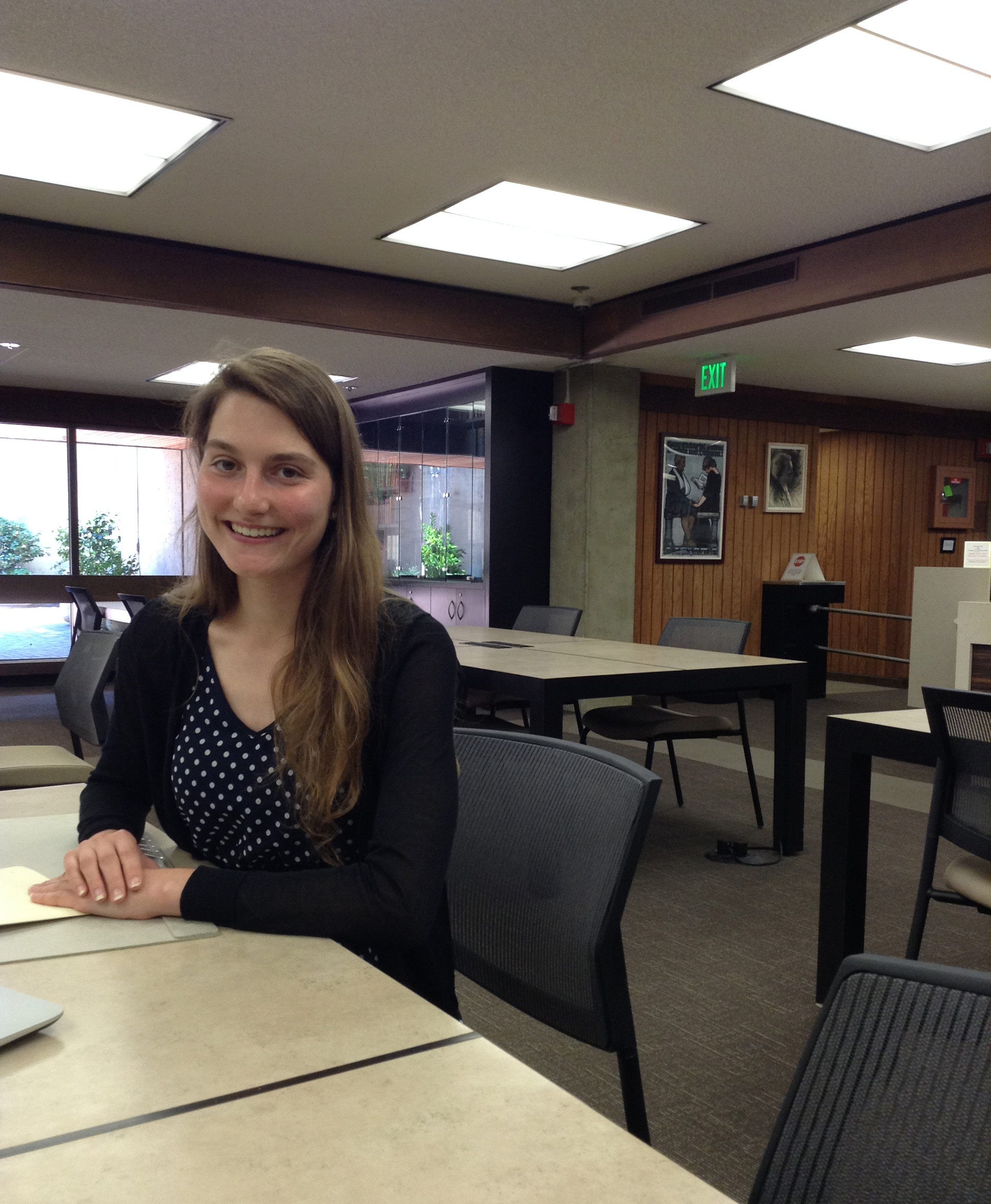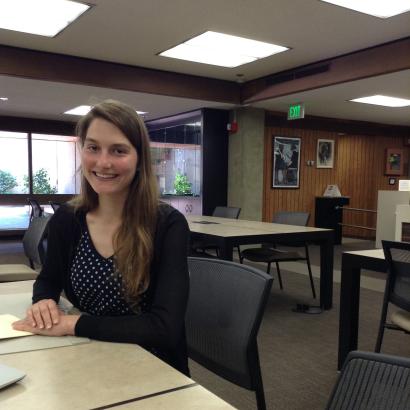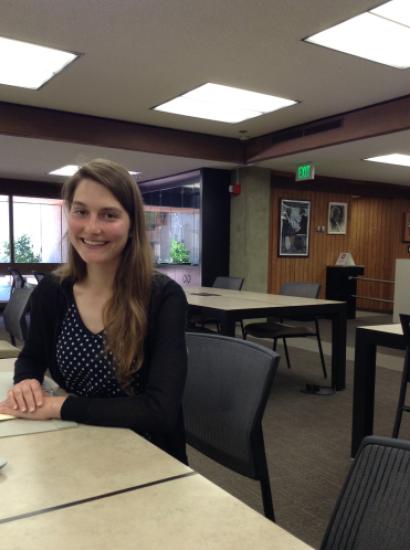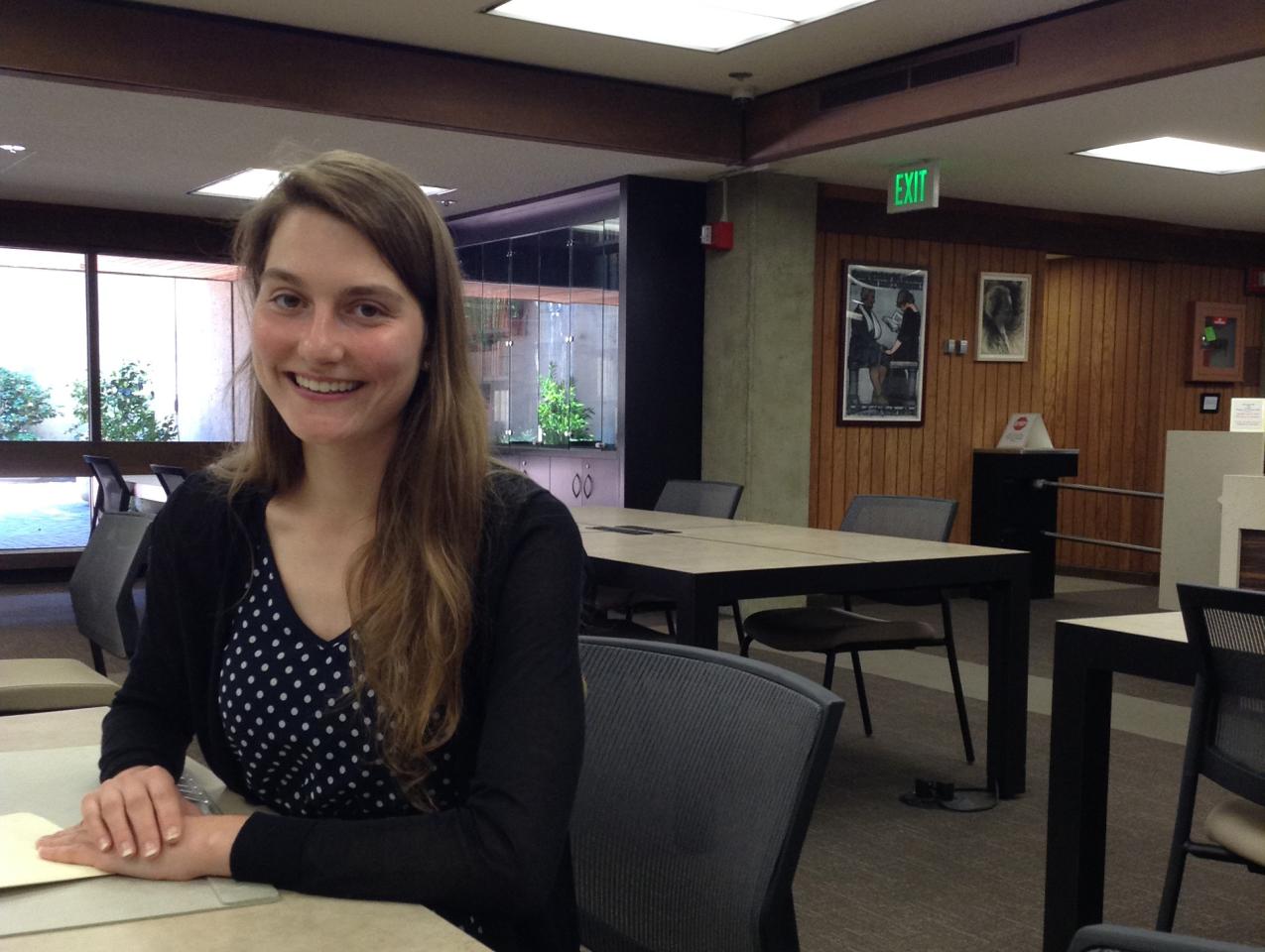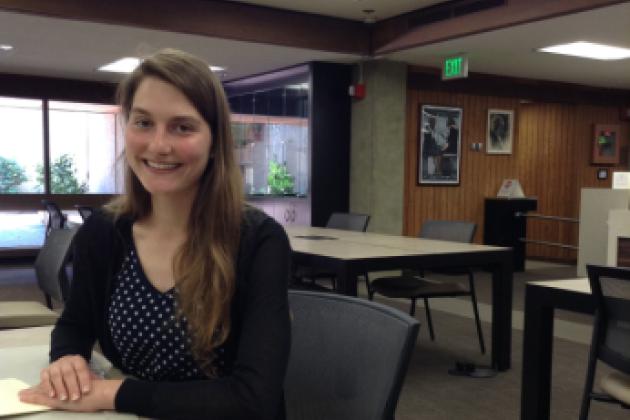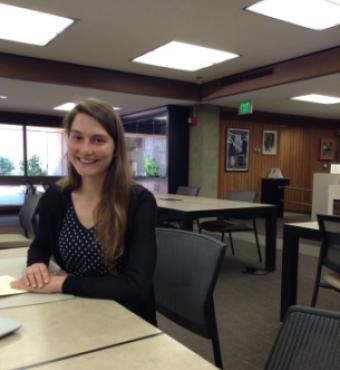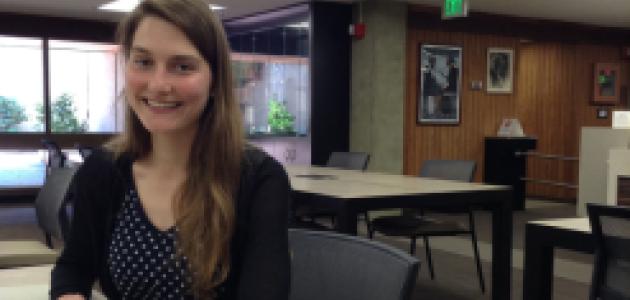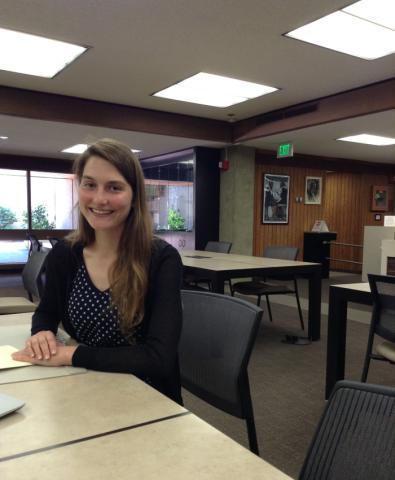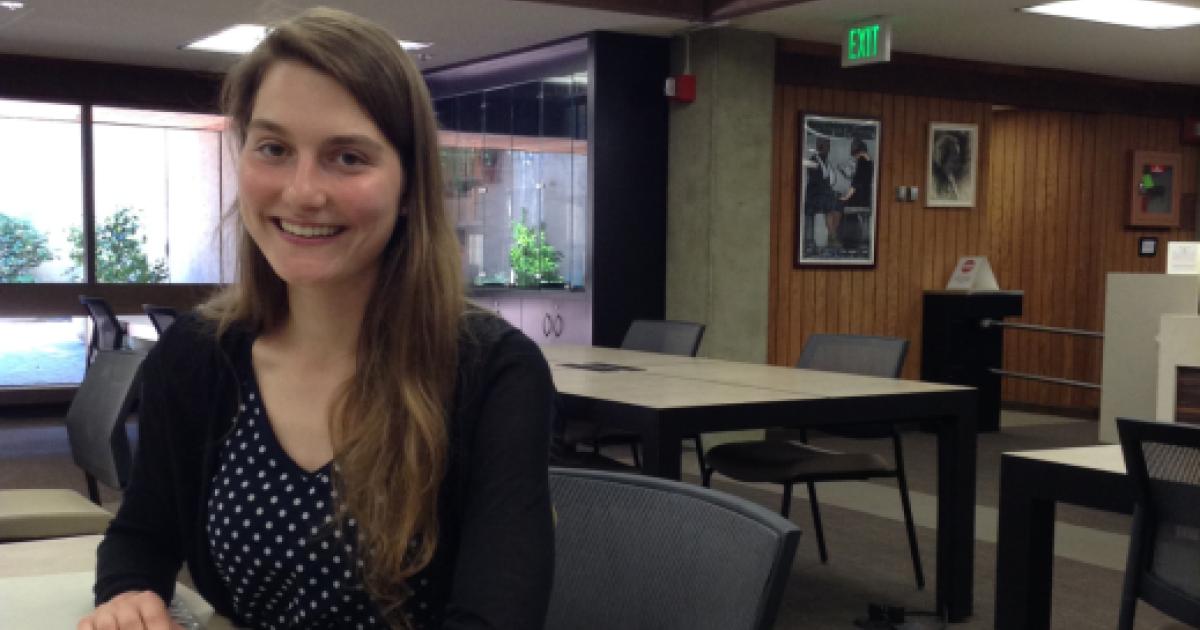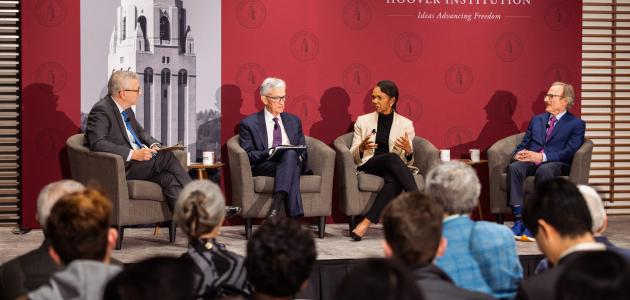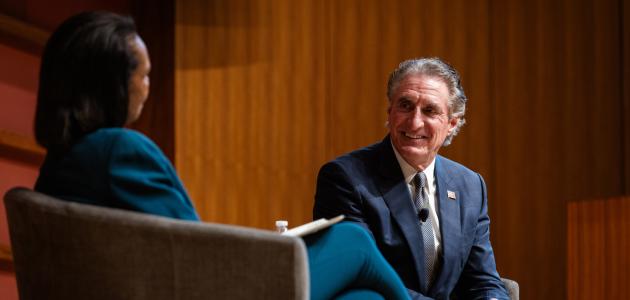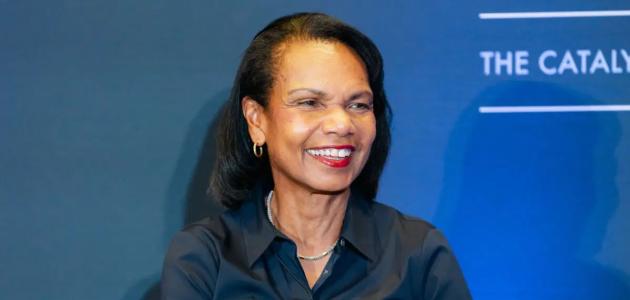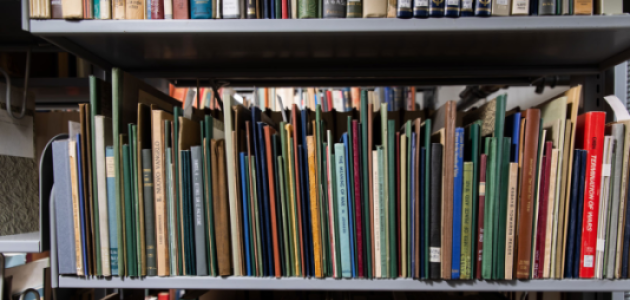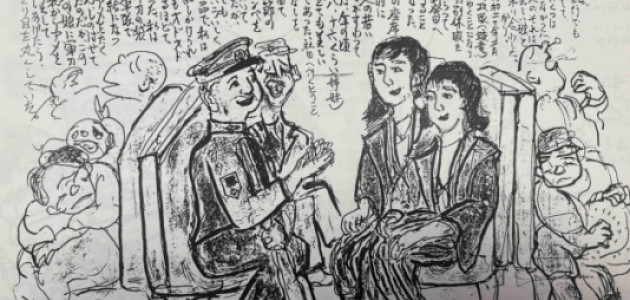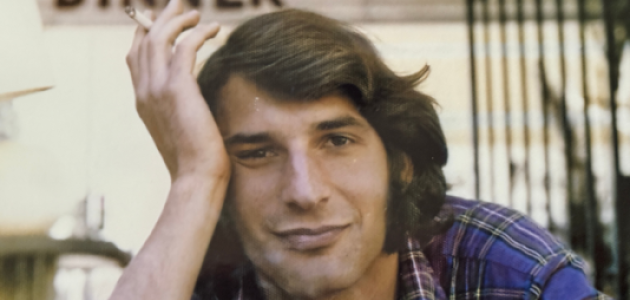By Brigitte Stepanov
I am gratefully honored for having been chosen as a Silas Palmer Fellow at the Hoover Institution Library and Archives, where I conducted research that sought to analyze cruelty and cruel events – in their various manifestations – in Algeria in the 1960s in an effort to understand what constituted cruelty in the time leading to, during, and shortly after Algeria’s revolution for independence. This project studied Algerian and French perspectives on violence, terror, and oppression in Algeria in an aim to study cruel practices not only specifically in that geographical region, but in colonial contexts more generally, and to see how they may be changed to more effectively bring about conflict mediation and resolution.
My dissertation more generally focuses on representations of cruelty and monstrosity in French, Algerian, and Rwandan literature and cinema. Archival documents are important to my research as they provide first-hand accounts of historical events and phenomena. This is especially pertinent to a project that is imbued with questions of perspective and a polyphony of definitions concerning the term “cruelty”. Cruelty is not an easily definable concept, and finds itself in a network of other terms such as violence, pain, and torture. Jacques Derrida, for instance, in his seminar on the death penalty, briefly mentions how cruelty is not a clear subject to grasp. It is difficult to precisely and concisely define cruelty, or state what it is not. One only has to think of the term “cruel and unusual punishment”, which is oftentimes very difficult to interpret.
The Hoover Institution Library and Archives has an extensive and impressive repository of documents pertaining to Algerian-French relations and the Algerian War of Independence. During my time in the reading room, I worked predominately with the Douglas Elliott Ashford papers, the Andre M. Rossfelder collection, the Claude Paillat papers, the Yves Jean-Antoine Noël Godard papers, the Robert Louis Delavignette papers, and the John K. Cooley papers. In these collections, I uncovered newspaper clippings, correspondences, military records, pamphlets, manifestos, plans for counterterrorism military operations, information on the Organisation Armée secrète, and photographs.
The Claude Paillat papers, for instance, are comprised of 435 manuscript boxes, 14 card file boxes, and 4 oversize boxes, which contain materials pertaining to the World Wars as well as the Indochina and Algerian Wars. The Douglas Elliott Ashford papers contain newspaper clippings, pamphlets, FLN publications, and general publications on agriculture, society, and economy from the 50s and 60s in Algeria. In the Yves Godard papers, I found a Paris Match Magazine dating from 1960 with images from Algiers’ week of barricades.[1] Reading a description of this event published days after its unfolding, in addition to seeing photographs taken at the scene, gave me a deeper understanding of the incident. Overall, these collections provided a thorough overview of institutional, structural, political, and social changes in Algeria during the War of Independence, the years leading up to it, and those after it as well, as well as rendered Algerian-French relations subtler. Spending time in the Hoover Institution Archives was invaluable, as I found many instances of cruelty described and labeled as such in these documents.
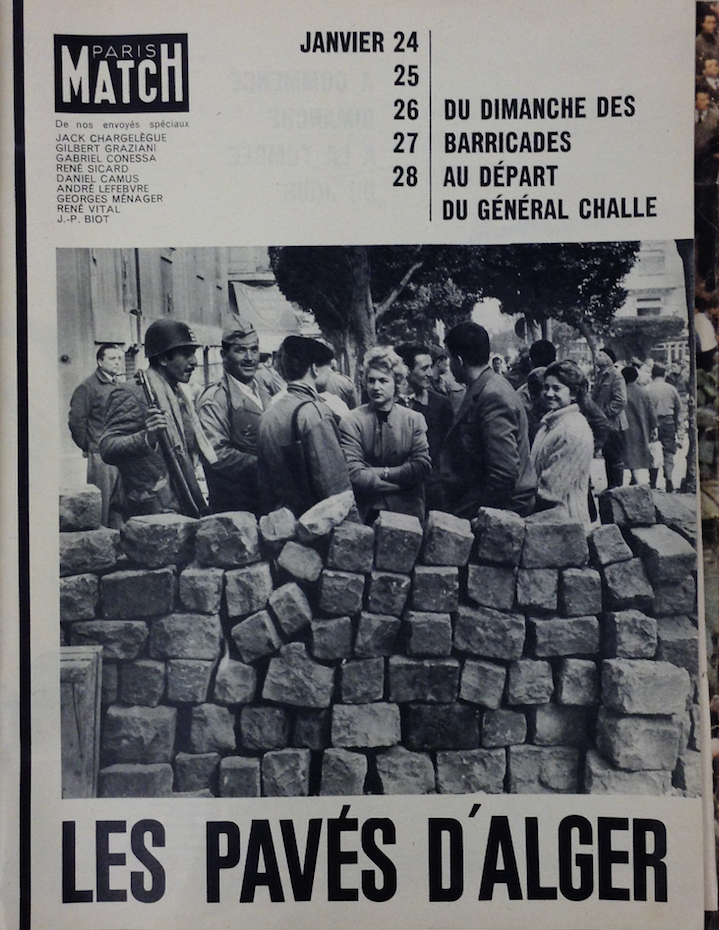
Perhaps most importantly, however, is that my experience in this archive has added a new dimension to my understanding of revolutions and wars. The documents that I uncovered have been a fantastic resource for contextualizing – historically, politically, socially – my literary research, which I strongly feel has made it all the more relevant and informed. Though I read about violence and rebellion daily, fictional texts promote a certain space between reader and written word. Reading Algerian and French letters and publications from the 50s and 60s, though, interacting with primary material, I felt immersed in the conflict of the Algerian War of Independence. In the final analysis, I think this mindset is very valuable to studying and understanding not only war, but how to resolve it, ultimately aiming for reconciliation and peace.
Finally, my many thanks to Bronweyn, Carol, Irena, David, and all the archivists at the Hoover Institution Archives for their expertise and dedication to this archive. Working in the reading room everyday was an incredible opportunity and I hope to be back soon to keep conducting research!




